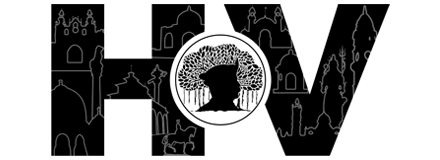Housed inside a huge precinct, the Khandoba Temple was built in the year 1786. It is said that the temple was commissioned by Fatehsinhrao Gaekwad, the brother of the then king Sayajirao I. Subsequently, the temple was expanded by the future kings and the campus that we see today was created. The temple houses the idols of Lord Khandoba and Mahalsa Devi, the family deity of the Gaekwads.
A dream and a Lake:
According to the people of the city, the idol of the Lord was found inside the now filled up Khanderao Lake. The story goes that a woman named Yesubai had a dream about the lake that contains the idol. To investigate the matter, the then king Sayajirao II had the lake searched for the idol. After much efforts, the idol was discovered from the lake. And thus the current temple came to be built to house the deity.
The temple:
The temple is the center of a vast courtyard entered through a huge gateway. The first thing that greets the visitor after entering through the gateway is the monumental “Deepmala”. After this is the main temple, housing the deity. This main temple is a rather small structure as compared to the other temples. It has the main “garbha griha” preceded by a small semi-open sabha mandap. It is in this mandap, that one is surprised by the beautiful paintings on the interior of the dome covering the mandap. The paintings are based on themes from Ramayan, Mahabharata and also has a painting of the ” Samudra Manthana”.

Ascetics and messages:
The double-storeyed structures encircling the courtyard are said to have been “Dharamshalas” for the “Gosavis”. These were commissioned by Maharaja Khanderao Gaekwad and were built at a cost of Rs. 64, 579. It is said that these Gosavis were the secret messengers of the State during the warfares, rarely suspected because of their ascetic nature.
Turmeric and a Mela:
Every year on the eve of “Champa Shasthi”, the temple becomes the center of a small “mela”(fair). This day, in particular, celebrates the marriage of Lord Khandoba with Devi Mahalsa. A small procession is also carried out in a palki(palanquin) which, after a small round returns to the temple. What is different about this festival is that the whole temple is seen covered in the yellows of turmeric. Considered to be the symbol of prosperity, the devotees blow handfuls of turmeric powder and turmeric coated pieces of dried coconut in the air, chanting “yalkot, yalkot, Jai Malhar”(Victory to Malhar/Khandoba).
*
Along with the royal family, the temple has been the center of faith for the people of the city for more than two centuries now and continues to be so. This fact is further strengthened by the sheer number of people attending the Champa Shashthi celebration with utmost enthusiasm!!!





No Comments